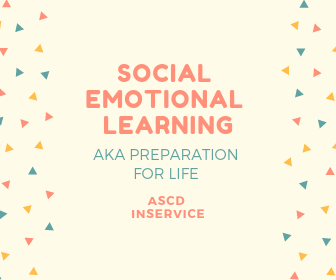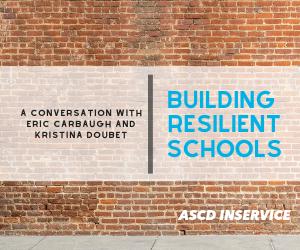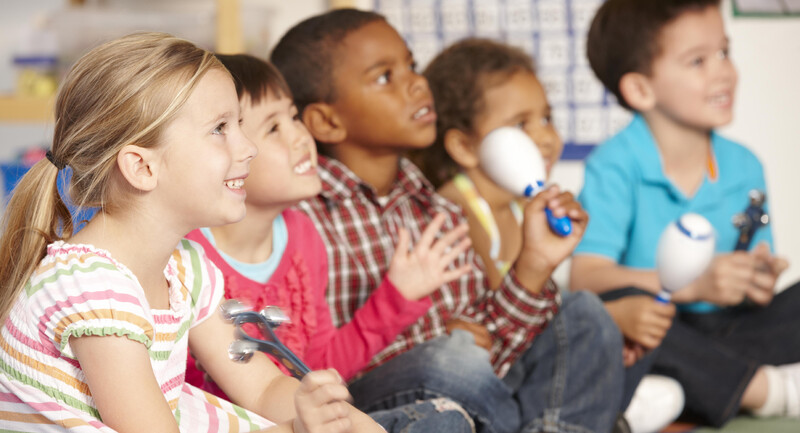Written by Kelly Gill
Am I the only teacher that imagines a classroom full of cooperative children, eagerly learning, and speaking in soft voices while enjoying their peers? If you are like me, I am always aiming for that “pie in the sky” ultra-peaceful environment that invigorates and fulfills that original dream I had about becoming a teacher in the first place. Unfortunately, most of us know that we rarely get to taste that euphoric destiny of peace.
Dreaming of this kind of environment always makes me want to delve deeper into teaching my students social-emotional skills (SEL). I know for most teachers that teaching SEL skills is like being a parent. Most of it comes naturally. We reteach what we learned thus far in life. We talk and listen and resolve conflicts to the best of our ability. In the same way, as teachers, we rarely know what is about to happen in our classroom so we prepare for the best and keep a backup plan just in case we need it.
I often ask myself, “Is there anything more I can teach these kids to help them navigate the hard things in life?” The answer to my own question lies within SEL. We, as teachers, know students are no different than the many adults in our lives. They have problems and issues outside of our classrooms, and whether we want to acknowledge it or not, it does affect their ability to focus in class and subsequently effects their overall learning. Events such as losing a parent, a problem at home, or even an argument with a friend can trigger emotional responses that can lead to student trauma and sometimes classroom disruptions.
What Exactly is Social Emotional Learning?
In an article entitled SEL and Common Core, author Lorea Martinez describes emotions as complex states of mind and body, generally influenced by stimulus (events.) Events may be external (good news about something), internal (a toothache), or even imagined (such as a future birthday party.) As events are processed, we appraise them with positive or negative responses. Responses might be 1) physiological such as a rapid heartbeat, 2) behavioral such as facial expressions, body language or voice, or 3) cognitive, meaning the ability to be aware and to even name the emotion. Martinez further explained that emotions are a call to action. For example, when we are offended, we often want to respond aggressively. In this way, SEL training can help us learn to regulate our emotions. (Martinez, 2016)
Collaborative for Academic, Social, and Emotional Learning (CASEL) states there are five SEL competencies of which to be aware. These are 1) self-awareness 2) self-management and emotional regulation 3) social awareness 4) relationship and social skills and 5) responsible decision making. (CASEL, 2011)
Are We Already Teaching SEL?
Luckily for most teachers, many of the student engagement strategies we already use in our lessons also are considered “good SEL training.” For example, listening skills, speaking skills, and partner sharing are just a few of these. Also, most schools now have a Positive Behavior Instructional Support plan. Teaching and reteaching the schools’ rules in a positive way can also be considered SEL.
In recent years, most teachers have studied and learned about Growth Mindsets. I was excited to see this included in some of the materials that I came across in my research. I believe growth mindset teaching is essential for our students: helping students learn to persevere and become resilient when things are hard for them is one of the many skills that comes from having a growth mindset.
What Are Other Benefits of Teaching SEL Skills to Children?
As a fellow in Hope Street Group, a teacher voice network, we have been challenged to find solutions in our educational system to help our students be prepared for their future in the workforce. Social Emotional Learning is one key to help students be successful not only in school but also in life. Giancarlo Brotto in his article, “The Future of Education Depends on Social Emotional Learning: Here’s Why” states, “SEL abilities are said to be indicators of how well a person adjusts to his or her environment, adapts to change, and ultimately how successful he or she will be in life. In fact, the SEL skills may be even more important than cognitive skills in determining future employment.” (Brotto, 2018) Another resource for educators, a free curriculum from Overcoming Obstacles, a nonprofit educational Publisher, reports that when students are taught SEL skills, grades and graduation rates go up, bullying goes down, and young people are better prepared for college and careers.
Other studies concur that teaching SEL skills have a much bigger impact on students’ lives than self-regulation and social skills used only in a classroom setting. In the report “Ready to Lead,” CASEL states that SEL skills not only improve academic skills in schools by an average of 11%, but the lack of SEL skills correlates with students’ future unemployment, divorce, poor health, criminal behavior, and imprisonment. There were also correlations between SEL skills and life satisfaction. In fact, this correlation was higher than the correlation between cognitive skills and life satisfaction. (CASEL, 2011)
SEL skills are about teaching students how to “be human “in the calmest, kindest, yet most honest way possible. Daniel Pink, the author of A Whole New Mind, discusses skills that are needed in the conceptual age in which we live. Pink states that empathy is one of the most important skills needed in the current workplace. He adds that it is more difficult to find a person with empathy than technical skills: making it the more valuable skill. He further states, “Empathy is an ethic for living. It’s a means of understanding other human beings, a universal language that connects us beyond country or culture. Empathy is an important part of living a life of meaning.” (Pink 2006/2009)
SEL research also suggests that we should teach children to set goals and also recognize their successes. Each morning in my class’ morning meeting, I strive to do just that. We discuss our day and the goals we have. I usually have some sort of feedback for them on the day before, making it a point to recognize students who not only excelled but also are working hard and showing improvement on previous assignments.
Creating the Model in Your Own Classroom
In summary, creating a classroom culture of honor and respect benefits everyone. I explain to my students that positive words and attitudes usually produce positive results. Even at the age of seven and eight, we discuss their future and a bit about how their attitudes will either propel them forward or set them back. I know teachers are busy and often feel that we do not have enough time to teach all we are required. However, I do believe that most of these skills, once recognized, can be easily taught in morning meetings or throughout your day. I would like more guidance and support to help me teach these skills in the upcoming year. I feel some sort of curricular materials would be helpful, so I have researched to find what I could use. There are many SEL programs that I would consider implementing in my classroom: some are free online, some are a minimal cost, and others must be ordered by the administration of your school.
Regardless of how you go about it, I hope you are reminded of the importance of teaching SEL. I think we can all agree that our students need these skills. Teaching and learning from them can be lots of fun and the results are worth the work. I propose we keep dreaming about our perfect classrooms while we plow through another year of social-emotional learning skills together. Who can help but love a kid who is kind, responsible, and resilient?








